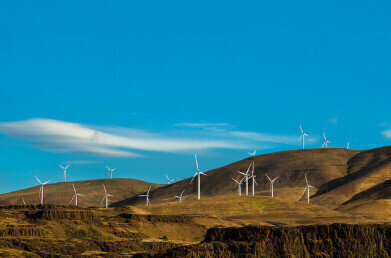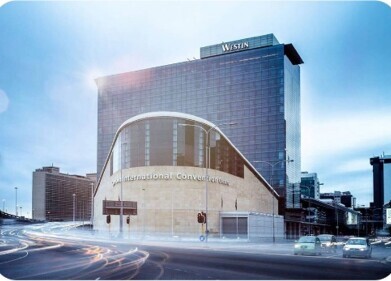Business News
How Much Renewable Power Does the World Use?
Jul 12 2018
Last year, the world set new records for the capacity of its wind- and solar-powered energy generation facilities, according to the latest report from renewables policy makers REN21. Indeed, the total amount of money invested into renewable forms of energy accounted for more than double the investment into fossil fuels and nuclear power in the same year.
Despite these impressive advances in the field of renewable energy, there was also some bad news in the amount of carbon emitted into the atmosphere in 2017. An increase in the global demand for energy meant that despite the performance of renewables, carbon emissions still rose by 1.4% - their first increase in four years.
Renewables on the rise
Modern renewables achieved a growth rate of 5.4% of total energy consumption across the globe, representing its biggest ever increase. Solar photovoltaics in particular are thriving in the renewable energy economy, with its capacity increasing by a third to a total of 402GW by the end of the year.
It wasn’t the only star performer, however. Wind power capacity increased by 11% with the addition of 52GW of new facilities, contributing to an overall energy generation capacity of 539GW. What’s more, there was almost a third increase (30%) in the global offshore wind market, as well.
Altogether, the additional renewable capacity represented 70% of new power generation facilities constructed in 2017. That’s an improvement on 2016, which saw 63% of new energy sources come from renewables.
Rising emissions dampen celebrations
Despite the positive news, an increased demand worldwide for energy of 2.1% meant that the gains made by renewables weren’t enough to offset an increase in fossil fuels and nuclear of 1.6%. That led to a 1.4% increase in carbon emissions, which is the first jump in emissions the world has seen since 2014.
It’s a timely reminder that we still rely on oil, coal and gas for far too much of our energy generation. Renewables may be helping to alleviate the problem with regards to electricity, but the majority of our energy consumption is actually manifested in temperature regulation and transport. Almost half (48%) of all energy we consume is spent on heating and cooling, while transport accounts for nearly a third (32%). Electricity only uses 20% of all energy produced worldwide.
A smarter approach to energy consumption
With that in mind, we need to not only focus on monitoring gas emissions in and around existing energy facilities and transitioning to cleaner alternatives, but also dispensing with petrol and diesel cars in favour of electric vehicles (EVs) and searching for more energy-efficient ways to heat our homes and cool our food.
“We may be racing down the pathway towards a 100% renewable electricity future, but when it comes to heating, cooling and transport, we are coasting along as if we had all the time in the world,” commented Rana Adib, who is the current executive secretary of REN21. “Sadly, we don’t.”
Digital Edition
IET 34.2 March 2024
April 2024
Gas Detection - Biogas batch fermentation system for laboratory use with automatic gas analysis in real time Water/Wastewater - Upcycling sensors for sustainable nature management - Prist...
View all digital editions
Events
Apr 30 2024 Melbourne, Australia
Apr 30 2024 Birmingham, UK
May 03 2024 Seoul, South Korea
May 05 2024 Seville, Spain
May 06 2024 Minneapolis, MN, USA



















